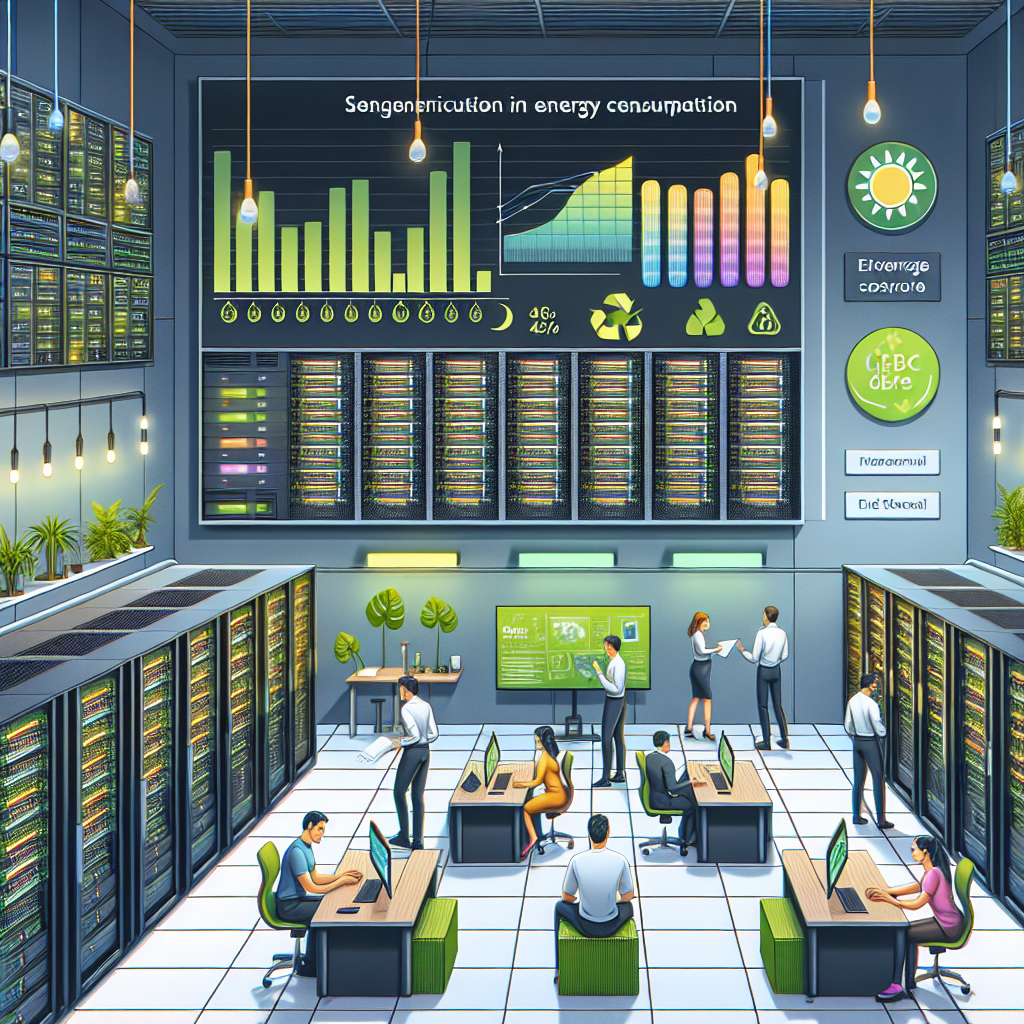Data centers play a crucial role in today’s digital world, serving as the backbone of our interconnected society. These facilities house the servers, storage systems, networking equipment, and other hardware that power the internet, cloud services, and countless other digital applications. As the demand for data processing and storage continues to grow exponentially, data centers are under increasing pressure to operate efficiently and sustainably.
One key aspect of data center efficiency is energy consumption. Data centers are known for being power-hungry facilities, consuming massive amounts of electricity to keep their servers running 24/7. In fact, data centers are estimated to account for about 1% of global electricity consumption, and this number is expected to rise as more data is generated and processed.
The impact of this energy consumption on the environment cannot be overstated. The electricity used by data centers is often generated from fossil fuels, leading to greenhouse gas emissions that contribute to climate change. In response to these environmental concerns, many data center operators are implementing energy-efficient practices to reduce their carbon footprint and lower their operating costs.
One such practice is virtualization, which involves consolidating multiple physical servers onto a smaller number of virtual servers. By running multiple applications on a single server, data centers can reduce their overall energy consumption and carbon emissions. Additionally, virtualization can improve server utilization rates, leading to cost savings and increased operational efficiency.
Another energy-efficient practice is the use of energy-efficient IT hardware. Data center operators can choose servers, storage systems, and networking equipment with higher energy efficiency ratings to reduce their electricity consumption. In addition, data centers can implement power management technologies, such as dynamic voltage and frequency scaling, to optimize energy usage based on workload demand.
Data centers can also improve their energy efficiency by optimizing their cooling systems. Cooling accounts for a significant portion of a data center’s energy consumption, as servers generate heat that must be dissipated to prevent overheating. By implementing hot aisle/cold aisle containment, using economizers to take advantage of outside air temperature, and deploying energy-efficient cooling technologies, data centers can reduce their cooling energy requirements and improve their overall efficiency.
In conclusion, energy-efficient practices have a significant impact on data center operations. By implementing virtualization, using energy-efficient IT hardware, optimizing cooling systems, and adopting other energy-saving measures, data centers can reduce their environmental impact, lower their operating costs, and improve their overall sustainability. As the demand for data processing and storage continues to grow, it is imperative that data center operators prioritize energy efficiency to ensure a sustainable future for the digital economy.


Leave a Reply